A safer way to colonize Mars?
If I were going to colonise Mars, there are 2 important questions, that I have not heard good answers for yet.
Will there be enough food, water, and a place to chillaxe?
Will there be beer?
These are important questions, and if you don't think so, just remember what you do every day after work. You want dinner. You want to rest a bit. And if possible, you want a beer.
Discussing this over beers, led to the following very serious discussion.
So you're going to Mars.
If you were going to Mars, wouldn’t it be comforting to know that when you got there, you would have a habitat, a large supply of water and oxygen, and maybe some extra rocket fuel, as well as some solar panels and charged batteries? And since we are wishing, how about a cold beer too?
Step 1. Habitat and Radiation Shield.
Well, before you do anything else, you will want a place to get away from the radiation.
Fortunately, there is apparently a large 82-kilometre-wide crater full of ice on Mars, that would be very useful as a starting place for settling Mars. This is about 2000 cubic km of ice. [1]
So what if you send up some tiny rovers years ahead of time? They could melt tunnels in this ice for a habitat that would shelter you from radiation and could be filled with air to breathe. You could do this years before sending any humans, so when they arrive there could be a very large habitat, ready to move into.
And perhaps more importantly, if things went badly with this, you would know BEFORE you send people there. If you happen to be one of those people, this is an important point.
Step 2. Water.
In the melting of these tunnels, the rover robots would end up with melted water, H2O. This is important because you can only go a few days without water.
This melted ice could be purified and put into large plastic bags, or allowed to freeze into blocks of frozen pure drinking water. This crater has about 500,000,000 gallons of water, so your drinking water issue just went away.
Step 3. Air, Fuel.
The water in these bags, or pools, could be hydrolyzed into Hydrogen (rocket fuel), and Oxygen with a simple electric current powered by solar panels or whatever electricity you have available.
I don't need to tell you that breathable air is pretty important, and you won't last long without it.
Oxygen is breathable and is also a big part of rocket fuel. The H2 is rocket fuel, or you could just let it go. So when the humans arrive they would also have lots of drinkable water and purified ice, and the habitat would be full of Oxygen. Just add some Nitrogen and move in.
So now you
have rocket fuel, oxygen, drinking water, and a habitat, before you even
send anyone there. So you have proactively reduced several risks for
the arriving humans. And you can test things out and phone home, so you
know the situation before you go.
This could be
done by robots; it’s simple enough. And it could be ongoing, long before
colonists arrive, to build up a supply of air (just add nitrogen),
water.
Step 4. Power.
Also, these robots could store power as well, either from solar collected in batteries or by storing Hydrogen in liquid form, fuel cells, or some other form. You could store power as compressed air in some non-habitat tunnels if you have enough lead time, but that requires knowledge about the nature of the ice.
When humans arrive, they could find a lot of stored power, ready and waiting for them to use. Of course they could also bring a nuclear power plant with them, but when help is far far away, it doesn't hurt to have backups.
Step 5. Food.
So what else would a colonist want to be staged for their arrival? Food maybe? That is possible also. If you take some large plastic bags and nutrient powder with you, you could fill them with water and some yeast or algae or yogurt bacteria, and store them in these habitats. Since the habitats will be at a reasonable temperature, you will end up with large volumes of edible yogurt, beer, etc. Add flavors too. You know you will want that.
But "wait a minute", the gourmet in you objects! I don't want to eat yogurt and yeast crackers forever.
Of course not, but you can deal with the gourmet aspects, once you have dealt with the "not dying" aspects of this trip.
Step 6. Beer and yeast.
If you choose a separate tunnel for the yeast bags, you will have an added benefit. The CO2 from the fermenting yeast gradually vented from the growth bags, will create a CO2 atmosphere in that separate tunnel, which green plants could then use to grow. So you’d end up with a greenhouse tunnel, ready for use. And beer for the gardeners. Sign me up as a gardener.
Details.
If you like the basic idea of sending robots to build things out using local materials, BEFORE you go there, then there are lots of improvements that could be made to that basic idea.
I won’t go into them all. (because I don't know them all)
For example, how do you vent the CO2 from the greenhouse-type growth bags - some one-way valve maybe? I don't know.
Will the yeast that is produced this way be tasty? Will the yogurt be good? Maybe you should bring some flavorings with you? That's up to you, but I would bring strawberry and banana.
Tweeks Questions Etc.
I could think up many tweaks to this idea. I’ll bet you can too. For example, you could bring some liquid nitrogen (aka LN2), so you could normalize these oxygenated tunnels from the LN2 *, and heat it to earth-normal once you have a few tunnels, so the colonists would arrive in a fully breathable habitat. You could have several separate tunnels just as a safety buffer. Or the LN2 could come later. You could cool some H2 and O2 from hydrolysis to liquid to create a rocket fuel supply. Or you could use Methane from your fermentations instead of H2. You could bring a few LEDs for light for a greenhouse; they are lightweight and handy to have.
Here is some recent research that might help a bit. An AI found a catalyst to make Oxygen from an ore found on Mars, and you can make the catalyst on Mars, so maybe you don’t have to use a crater full of water to have Oxygen. Of course, you would have to dig soil to process instead. That would give you a wider range to choose a good site. There are other good ideas like MOXIE for making Oxygen on Mars. [2]
To put this in context, there will no doubt be many other good ideas to make Oxygen, Water, Food, Power, Fuel, and shelter on Mars. I have just outlined one method that is easy and could be done today.
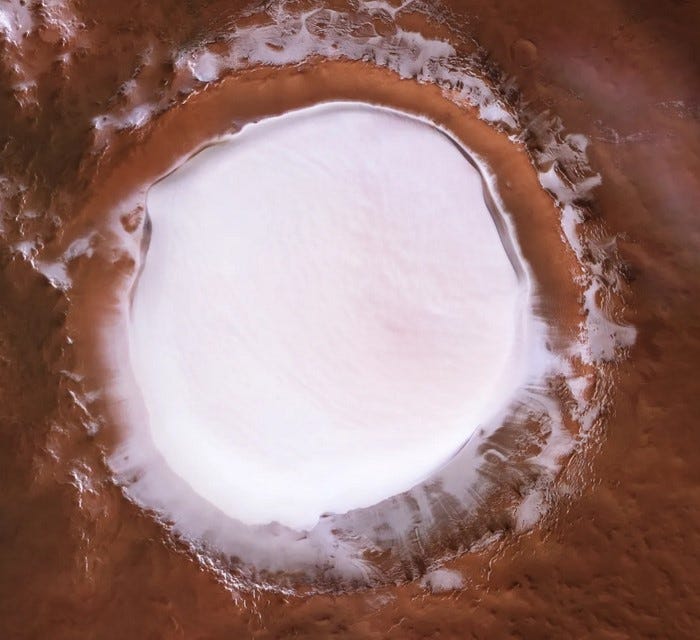
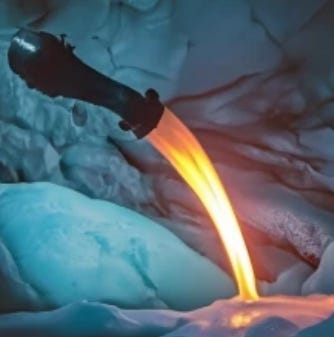

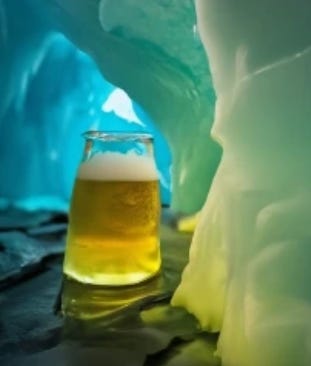
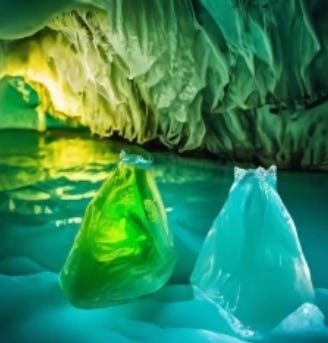
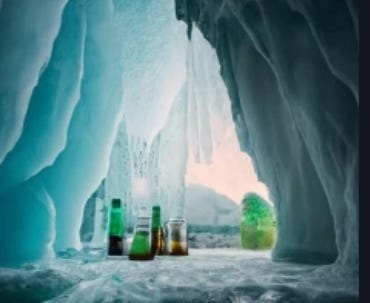
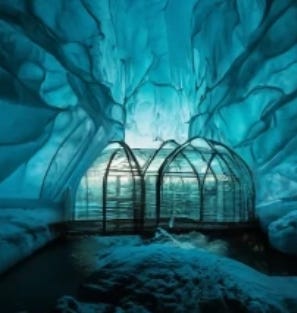


0 Comments:
Post a Comment
Subscribe to Post Comments [Atom]
<< Home